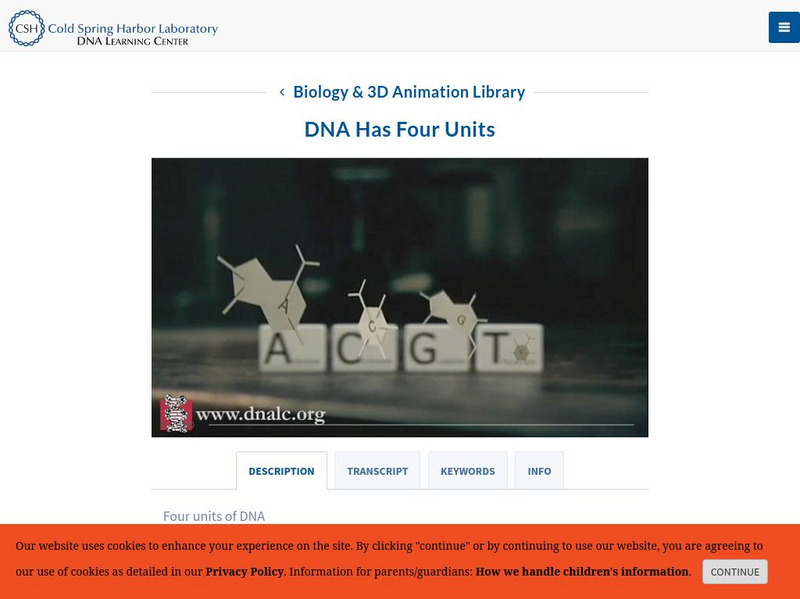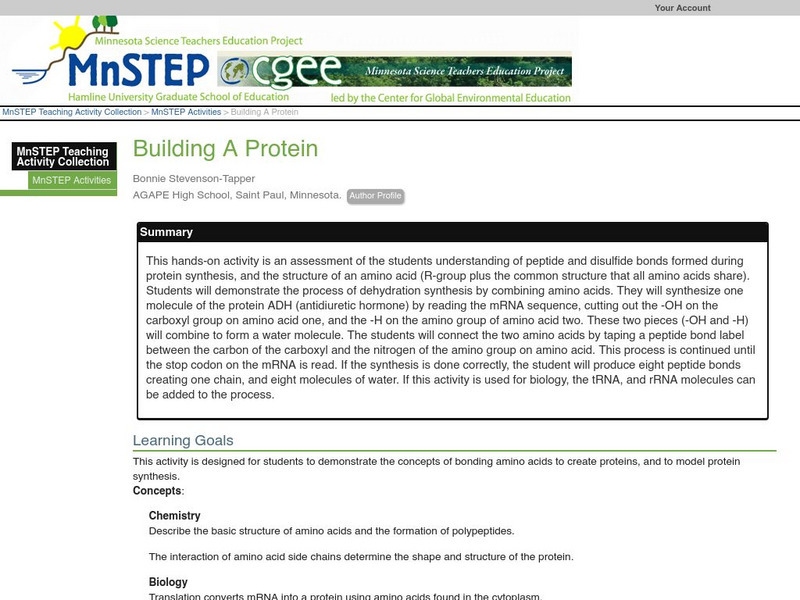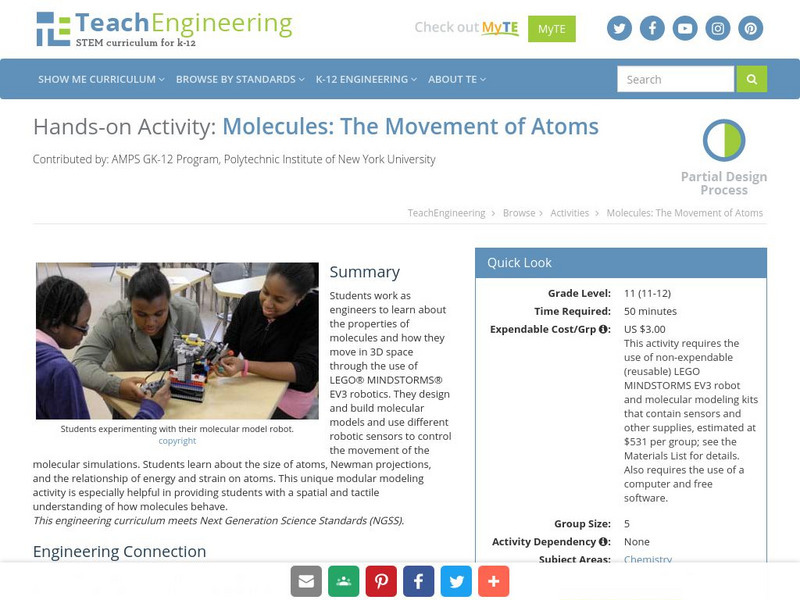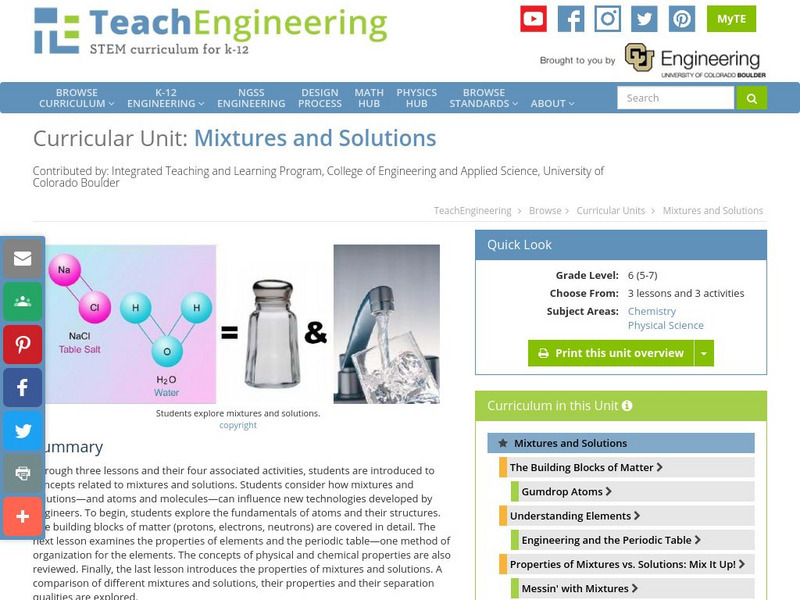University of Colorado
University of Colorado: Ph Et Interactive Simulations: Molecule Shapes
Explore molecule shapes by building molecules in 3D. How does molecule shape change with different numbers of bonds and electron pairs? Find out by adding single, double or triple bonds and lone pairs to the central atom. Then, compare...
University of Colorado
University of Colorado: Ph Et Interactive Simulations: Molecule Shapes: Basics
Explore molecule shapes by building molecules in 3D. Find out how a molecule's shape changes as you add atoms to a molecule.
University of Colorado
University of Colorado: Ph Et Interactive Simulations: Molecule Shapes
Build a molecule in 3-D. Add single, double, and triple bonds, or a lone pair of electrons to an atom, learn what the molecule's geometric name is, see the bond angles, and manipulate each molecule to view it from all sides. Then study a...
University of Colorado
University of Colorado: Ph Et Interactive Simulations: Molecule Shapes: Basics
Students studying molecule shapes will better understand its concepts with this virtual experiment that tests how a molecule's shape changes due to repulsions between atoms. Learning is further enhanced by building molecules in 3D.
University of Colorado
University of Colorado: Ph Et Interactive Simulations: Build a Molecule
Starting from atoms, see how many molecules you can build. Collect your molecules and see them in 3D!
University of Colorado
University of Colorado: Ph Et Interactive Simulations: Build a Molecule
Starting from atoms, see how many molecules you can build. Collect your molecules and see them in 3D.
NASA
Nasa: Atoms and Molecules in Motion, States of Matter [Pdf]
Everythingin the universeis either matter or energy. All matter is made of combinations of about one hundred basic building blocks, the chemical elements on the periodic table. Going a step further and breaking these elements down to...
Cold Spring Harbor Laboratory
Dolan Dna Learning Center: Dna Molecule: Dna Has Four Units
A brief description of the four chemical building blocks of the DNA molecule. [0:25]
Science Education Resource Center at Carleton College
Serc: Building a Protein
This hands-on activity is an assessment of the students understanding of peptide and disulfide bonds formed during protein synthesis, and the structure of an amino acid (R-group plus the common structure that all amino acids share)....
CK-12 Foundation
Ck 12: Plix: Build Some Helium: Atoms to Molecules
[Free Registration/Login Required] Build your own helium atom and make sure it has the correct number of protons, electrons, and neutrons on this site. Site also includes a small quiz on the topic.
McGraw Hill
Glencoe Biology: The Building Blocks of Life: Self Check Quiz
Try these five multiple-choice questions about the building blocks of life. The quiz is self-checking, and provides hints to the student if needed.
TeachEngineering
Teach Engineering: Molecules: The Movement of Atoms
Students work as engineers to learn about the properties of molecules and how they move in 3D space through the use of LEGO MINDSTORMS NXT robotics. They design and build molecular models and use different robotic sensors to control the...
University of Utah
University of Utah: Learn Genetics: Build a Dna Molecule
Build a short strand of DNA using the base pairing rule. An interactive learning experience that reinforces the base pairing rule.
TeachEngineering
Teach Engineering: Mixtures and Solutions
This unit covers introductory concepts of mixtures and solutions. Students think about how mixtures and solutions, and atoms and molecules can influence new technologies developed by engineers. The first lesson explores the fundamentals...
PBS
Pbs Teachers: Hot Air Balloon Experiment
Explore how heat affects the density of air by building and flying a hot air balloon using large plastic bags and the hot air from an electric hairdryer.
Other
University of Kansas: Quarked!: Matter Mechanic
Build elements and molecules using neutrons, protons, and electrons. Choices include helium, carbon, oxygen, aluminum, water, and salt.
Concord Consortium
Concord Consortium: Stem Resources: Protein Partnering and Function
A learning module with built-in interactive features where students can read about the differences between large and small molecules, build protein structures, and test their strength under different conditions. They will review polarity...
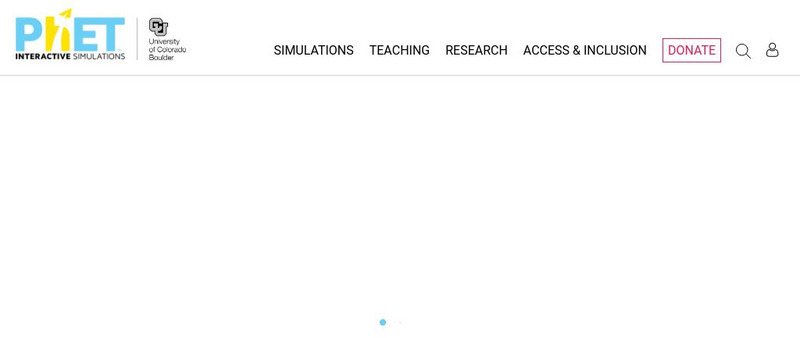

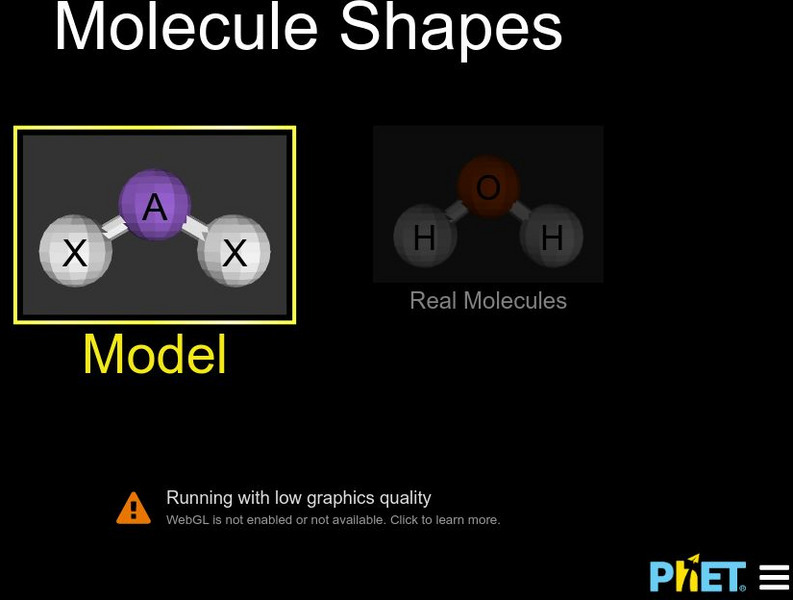
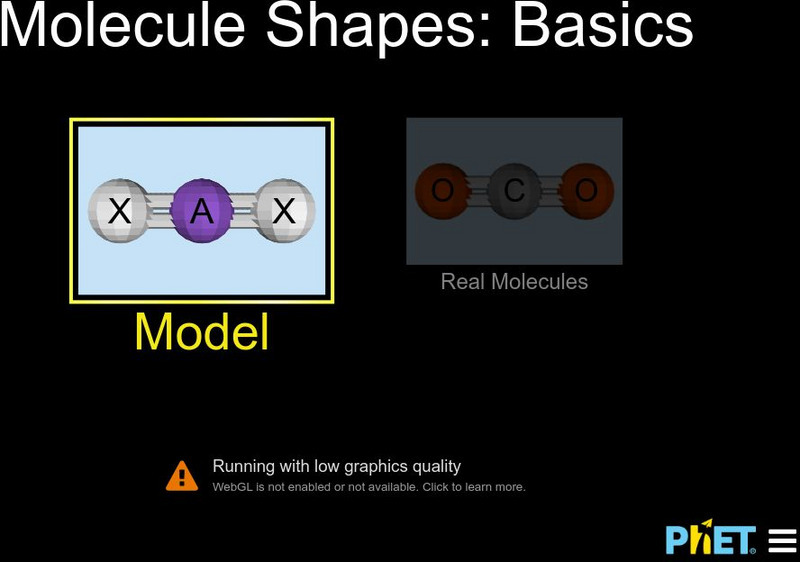
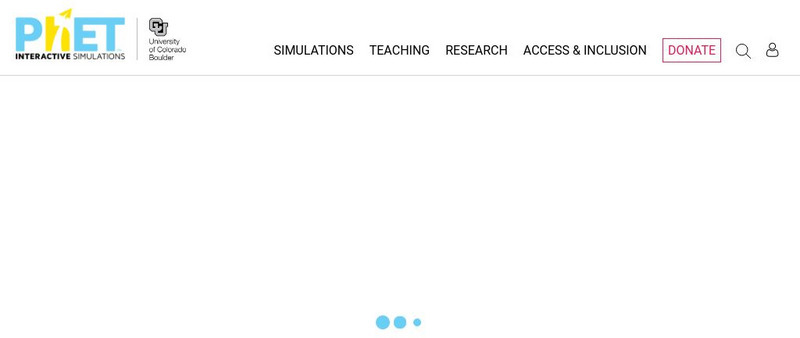

![Nasa: Atoms and Molecules in Motion, States of Matter [Pdf] Article Nasa: Atoms and Molecules in Motion, States of Matter [Pdf] Article](https://d15y2dacu3jp90.cloudfront.net/images/attachment_defaults/resource/large/FPO-knovation.png)
